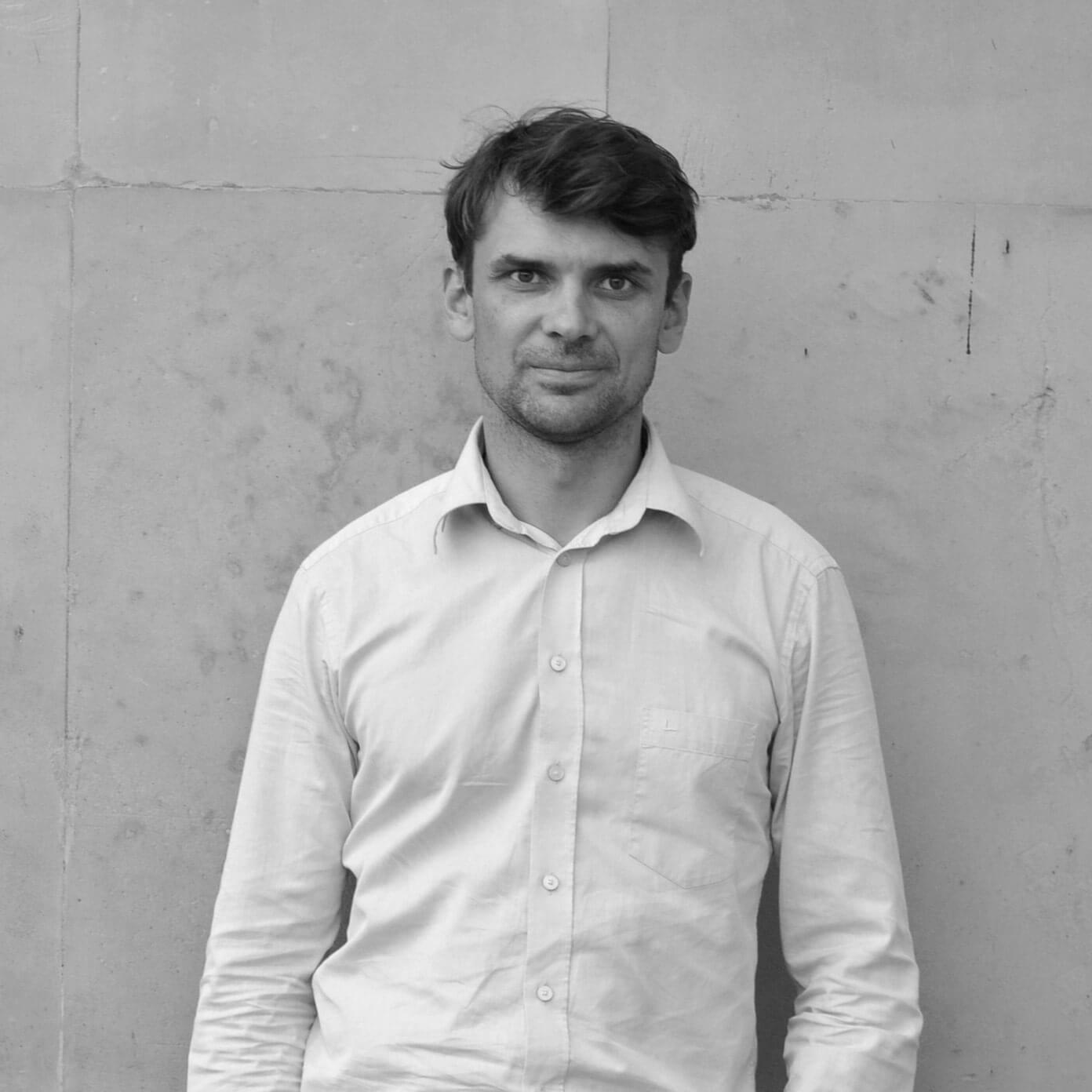This article presents a subjective outlook on design from the perspective of a workshop rather than a computer or a sheet of paper. It presents 11 design and creative attitudes connected with working in a workshop, modeling studio or laboratory. The lack of chronology is intentional. The described creators are loosely associated by means of similarities or contrasts in their approach to design work: this could relate to technology, used material, approach to creative process. The presented persons differ in the applied design method, technology and materials, including graphite, ceramics, glass, brass, plywood, wood. What they have in common is the compelling urge to exceed the borders of their own creative and technological abilities by handiwork.
The article starts from Leonardo da Vinci’s drawing method, revolutionary in the Renaissance epoch. Next, it presents handwork and design process as approached by Juhani Pallasmaa, Konstantin Grcic and Anton Ehrenzweig. The order is by no means random. Bartek Mejor and Neri Oxman exemplify the use of 3D printing in various workshop conditions. Benvenuto Cellini following Oxman presents the continuity of creator as innovator of technology. Tapio Wirkkala, Jan Lutyk, Jan Lewczuk, Teresa Kruszewska, Edward Johnson are five different examples of laminating face veneers and work with plywood. Peter Marigold exemplifies using the potential of natural wood properties, presenting how a defect can become a desirable effect. Michał Bułas, in turn, constitutes an example of the pursuit of innovation unnoticeable to a layman.
The presented designs embody the author’s subjective idea of what the designer’s work in the workshop should look like: constant pushing of creative borders.
Keywords: workshops, design craft, experiment, design process, craft

